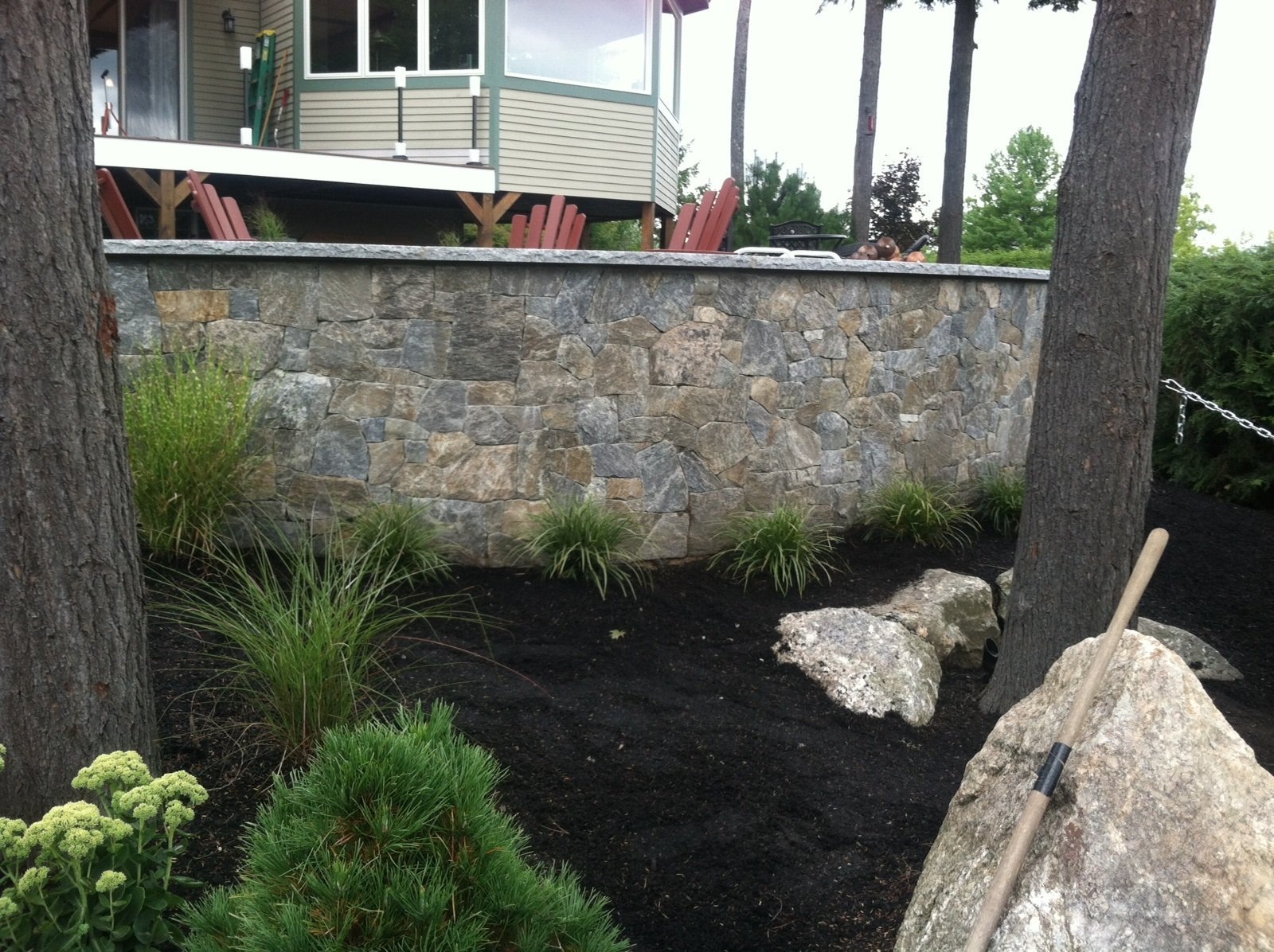The Art of Landscaping with Retaining Walls in Newton, MA and Hollis, NH: Building Beauty and Function
In the picturesque settings of Newton, MA, and Hollis, NH, landscaping with retaining walls is not just about functionality; it's an art that adds both beauty and structure to your outdoor space. Retaining walls offer a unique blend of practicality and aesthetics, making them an essential element in landscape design.
Related: A LOOK AT THE VERSATILITY OF AN EXPERT MASON IN THE HILLSBOROUGH COUNTY NH AREA
Transforming Landscapes with Retaining Walls
Retaining walls serve a vital role in managing soil erosion and providing structural support, especially in areas with sloped terrain. Beyond their functional purpose, these walls can be crafted into stunning features that enhance the overall appeal of your landscape.
Choosing the Right Materials
The material you choose for your retaining wall greatly influences its appearance and durability. Options like natural stone, concrete blocks, and bricks each offer distinct looks and benefits. Natural stone walls blend seamlessly with the environment, while concrete and brick provide a more structured appearance.
Design Considerations for Aesthetic Appeal
When designing a retaining wall, consider its height, length, and the curvature of its layout. These elements can dramatically affect the wall's visual impact. Incorporating curves, for instance, can soften the wall's appearance and add an element of elegance to your landscape.
Integrating Retaining Walls into the Landscape
Thoughtful integration of retaining walls into your landscape is crucial. They can be used to create terraced areas, define outdoor living spaces, or form the backdrop for a water feature. The key is to ensure that the wall complements other landscape elements, creating a cohesive and harmonious outdoor area.
Planting Strategies for Retaining Walls
Installing plantings around and on top of retaining walls can further enhance their beauty. Choose plantings that will thrive in the wall's microclimate and consider their growth habits. Cascading plantings, for instance, can soften the look of the wall and add a lush, green touch.
Incorporating Seating and Functional Elements
Retaining walls can also serve as multifunctional elements in your landscape. Built-in seating, for example, transforms a wall into a practical and inviting space. Incorporating outdoor lighting within the wall can also enhance its aesthetic appeal and improve nighttime visibility.
Addressing Drainage in Retaining Wall Design
Proper drainage is essential for the longevity of your retaining wall. Inadequate drainage can lead to water buildup, which can weaken the wall over time. Including drainage solutions in the design, such as weep holes or drainage tiles, is crucial to prevent water damage.
The Impact of Retaining Wall Height
The height of the retaining wall not only influences its look but also its structural requirements. Taller walls might need additional reinforcement for stability. It's essential to consider local building codes and regulations when determining the height of your wall.
Customizing with Colors and Textures
The color and texture of your retaining wall can be tailored to match or contrast with other elements in your landscape. This customization can create an eye-catching feature that stands out or a subtle addition that blends into the surrounding environment. From rough, natural stone textures to smooth, colored concrete blocks, the possibilities are endless.
Maximizing Small Spaces
For smaller yards, retaining walls can be particularly beneficial. They can help maximize usable space by creating flat areas on slopes. This can open up new possibilities for landscaping and outdoor activities in what might have been an underutilized or inaccessible part of your property.
Related: IS EXCAVATION NEEDED FOR YOUR LANDSCAPE DESIGN PROJECT IN THE HOLLIS AND BEDFORD, NH AREAS?

